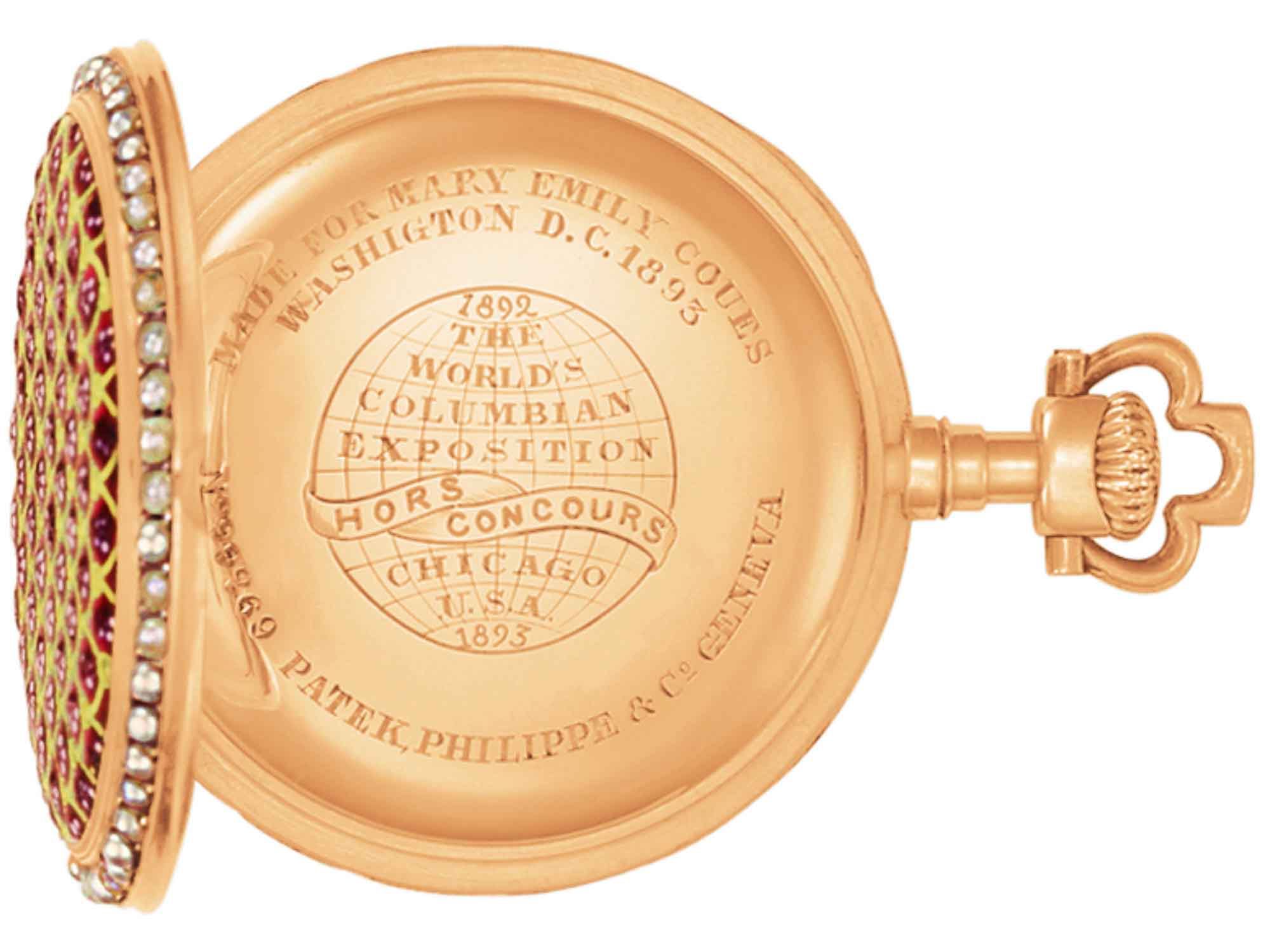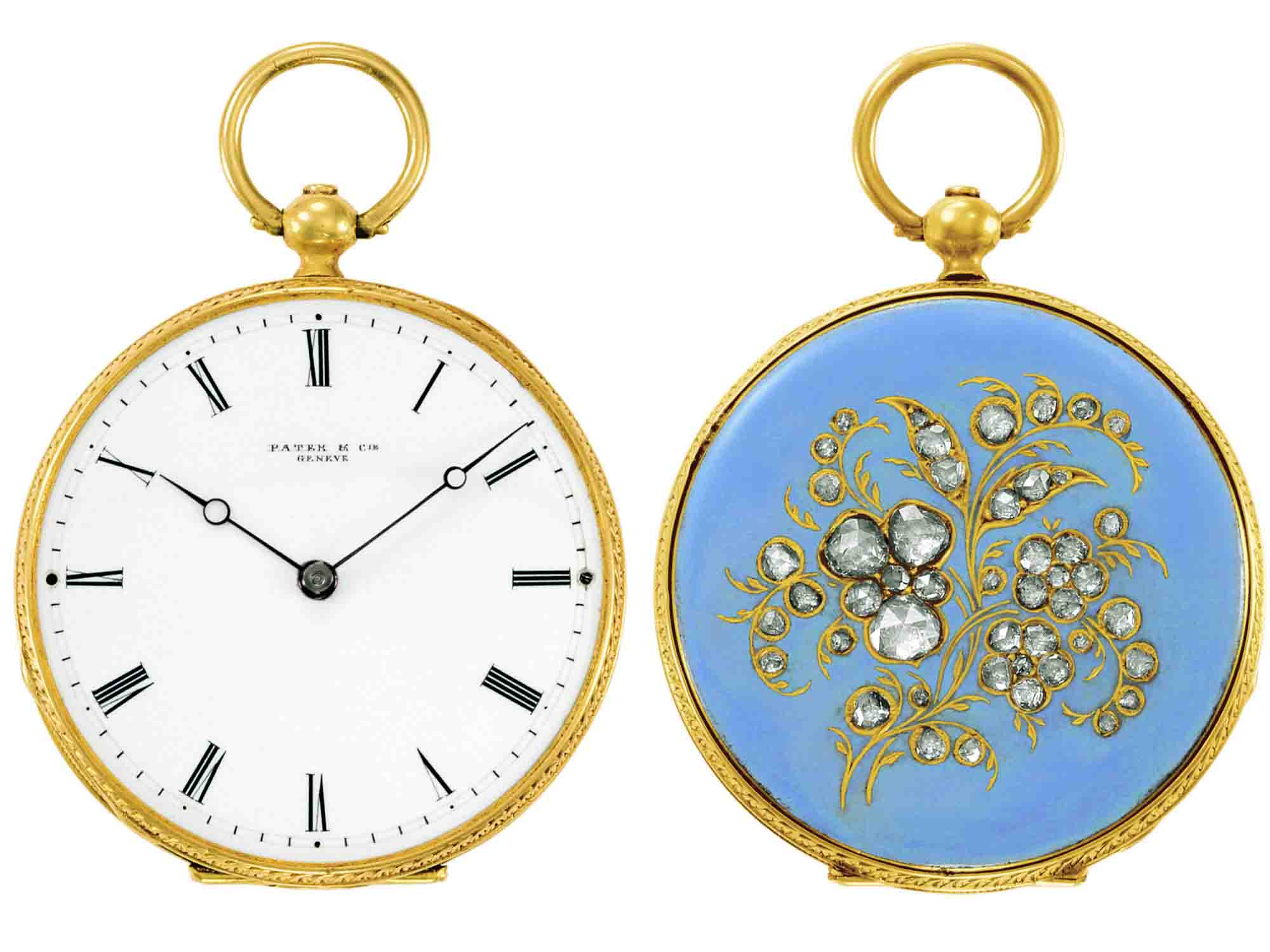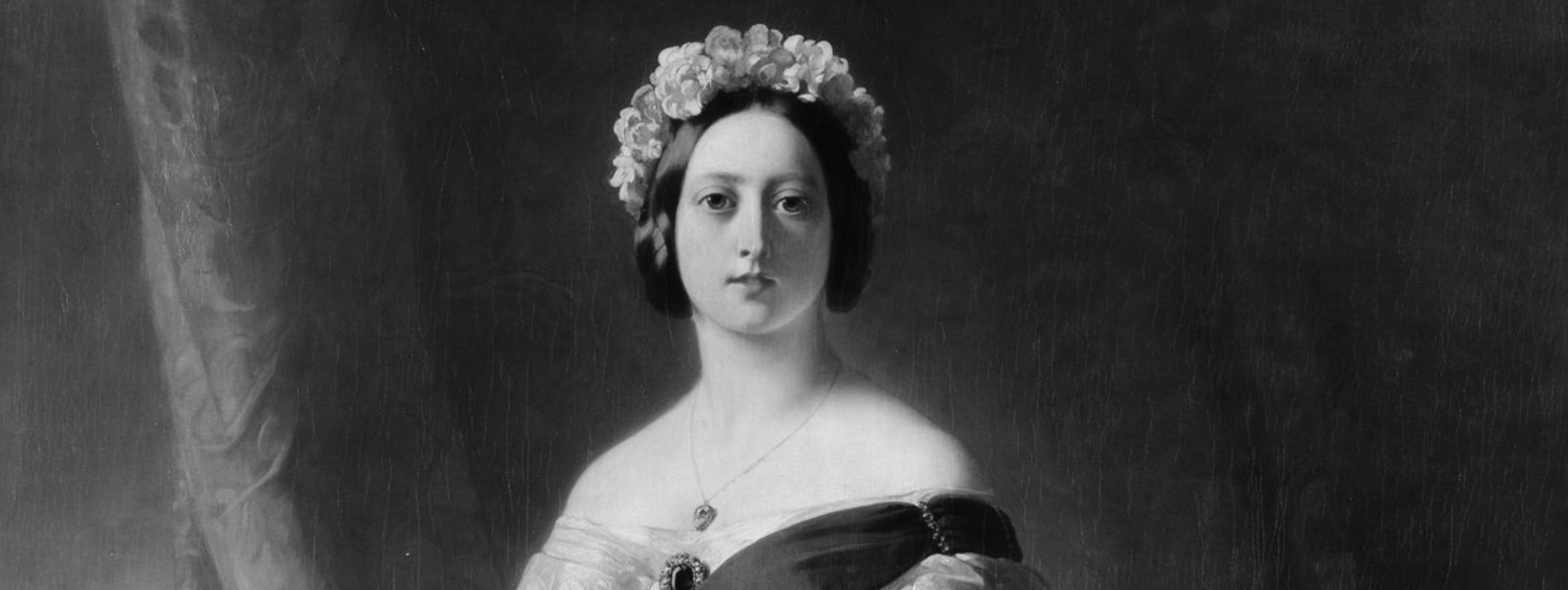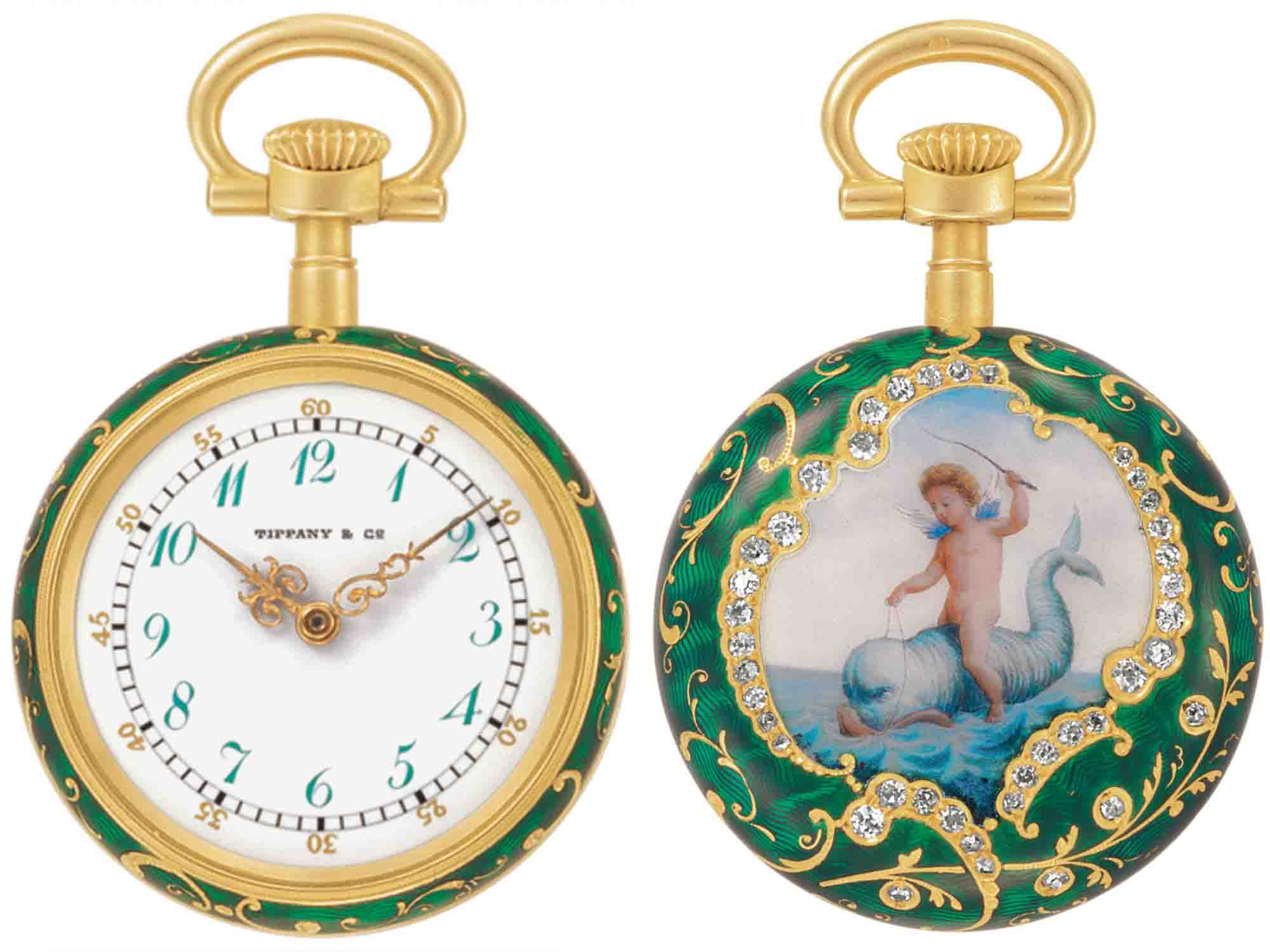Cultural Perspectives • 22 Apr 2021
The Queen’s Watchmaker: Patek Philippe’s 19th Century Women’s Watches
Patek Philippe has been at the forefront of developing women’s watches for two centuries. Pioneering artistic elements such as enamelling, high-level gem setting, and engraving, are the hallmarks of Patek Philippe’s women’s watches. Stylistic elements aside, Patek Philippe incorporated useful complications, like quarter-repeaters that chimed the time at fifteen-minute intervals. These references caught the attention of queens and the women of high society. Patek Philippe’s bespoke work for aristocratic women gave the them the reputation as the premier watchmaker of women’s watches.
DISCOVER OUR PATEK PHILIPPE WOMEN’S WATCHES

WOMEN WATCH COLLECTORS WANTED FUNCTIONAL LUXURY
The first person to purchase a Patek Philippe women’s watch was Madame Goscinska. These models were pendant watches, intended to hang from brooches or chains at the waist next to other charms and trinkets. Women made sure such decorative accessories were highly visible, showing the sophistication of their attire and their socioeconomic status. These were technologically impressive timepieces which also doubled as portable works of art. Enamelling and gem setting were the preferred forms of artistic expression used to decorate these timepieces.

QUEEN VICTORIA THE WATCH COLLECTOR
One of Patek Philippe’s most important and memorable clients was Queen Victoria. She first discovered the brand when they presented at the London Universal Exhibition in 1851. Her watch of choice was a blue pendant watch, No. 4719. Featuring a flower bouquet set with rose-cut diamonds on a sky-blue enamel, and equipped with a yellow gold case, white enamel dial, painted Roman numeral hour markers, and blued steel Breguet hands. Unlike most models from this era, this particular watch is signed on the dial, case, and movement, making it especially remarkable.

At the Great Exhibition, Queen Victoria was also presented with a second pendant watch of a similar fashion. No. 4536 displayed a bouquet of rose-cut, diamond-set roses set on a lapis blue enamel ground backdrop. In addition to the signature on the case, this particular model also has an engraving of the words, “INVENTION BRÉVETÉE.” This marking indicates that the watch employs Jean Adrien Philippe’s keyless-winding system. Soon after, Queen Victoria appointed Patek Philippe as her royal watchmaker. Her appreciation for these timepieces helped put the brand on the map, especially in countries who did not previously have an association with the manufacturer.
THE FIRST PATEK PHILIPPE LADIES WATCH
Two decades later the Great Exhibition, Patek Philippe began producing their first ladies’ wristwatches. They created these designs specifically to be worn on the wrist, as opposed to early variations of the wristwatch that were merely pendant watches attached to a bracelet. The brand’s records show they sold their first wristwatch to Countess Koscowicz of Hungary in 1868, the No. 27368. It features a rectangular, yellow gold hunter type case with a hinged back and key winding and setting system. The dial is white enamel with painted Breguet numerals and blue steel Poire hands. Lastly, the cover is enamelled in black and set with rose-cut diamonds.

FEMALE WATCH COLLECTORS PIONEERED WATCH DESIGN
Many early wristwatches, like the No. 27368, were highly stylized fashion pieces, similar to their pendant watch predecessors. However, as wristwatches grew in popularity among the female market, designs that are more functional began to emerge. British women were some of the first to take interest in wristwatch design. They were looking for options that were more practical, something they could wear during sports like horseback riding and hunting. These types of wristwatches were first designed with leather straps and later gold bracelets that were more versatile because they could be dressed up or down.

HOW DID PATEK PHILIPPE WATCHES EVOLVE IN THE 20TH CENTURY?
Into the early 1900s, both wrist watches and pendant watches remained in demand within the female market. It would not be until the wristwatch was popularized among men following WWI that pendant watches and pocket watches would fall out of style and the wristwatch would prevail.
The pendant watch No. 225064 is constructed of a yellow gold pair case featuring a white dial with green painted Breguet numerals and gold Louis XV hands. The back of the outer case is embossed, depicting Hercules and Omphale with Cupid. The other side illustrates Cupid riding a dolphin, painted on enamel. This scene is framed by rose-cut diamonds surrounded by a translucent green enamel on an engine-turned ground. Because of the incredibly strict customs regulations of the era, this model bears the “Tiffany & Co., New York” signature. However, it was in fact manufactured solely by Patek Philippe in Geneva.
Additionally, the ladies’ minute repeater wristwatch circa 1915 is particularly significant. This is because it was the brand’s first wristwatch to debut the complication. The model features a striking platinum case that is intricately hand engraved, coupled with a platinum integrated bracelet strap. The manufacturer’s records show that they sold this particular wristwatch (case No. 174 603) to a woman named D.O. Wickham of New York.
PATEK PHILIPP’S COMMITMENT TO WOMEN’S WATCHES
Patek Philippe’s emphasis on form just as much as function continues to be a guiding principle for their design of ladies’ timepieces. In fact, there are many parallels between these early years of innovation and their approach to watchmaking today. In each of their ladies’ timepieces, Patek Philippe aims to promote both the technical and the artistic nature of watchmaking. This steadfast commitment is evident through their early designs from the nineteenth century to their latest models of the twenty-first century.
DISCOVER OUR PATEK PHILIPPE WOMEN’S WATCHES



















